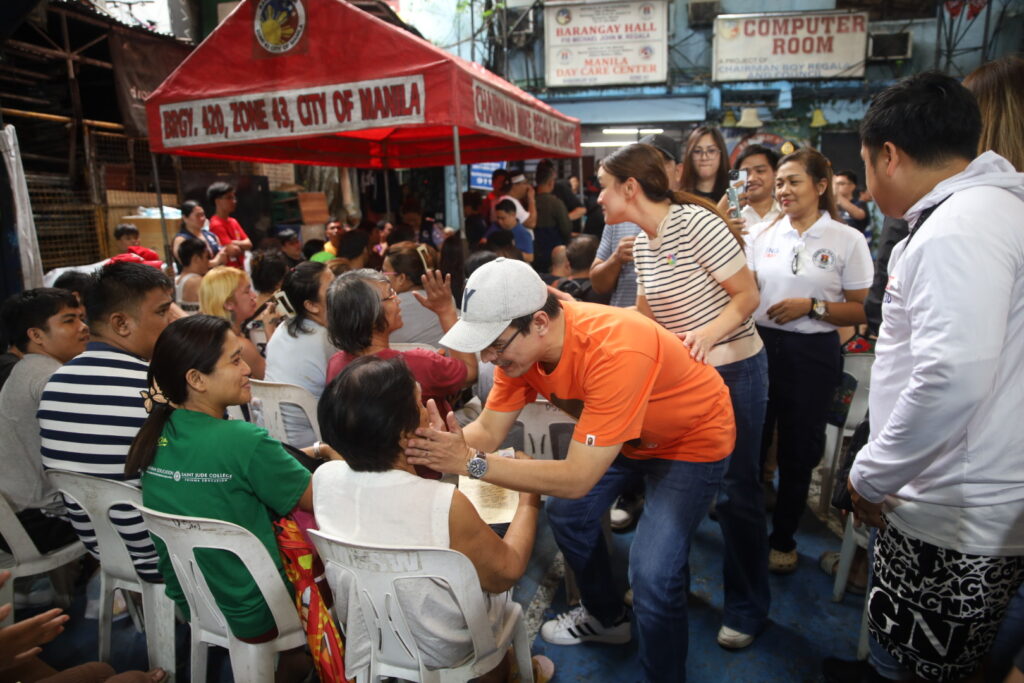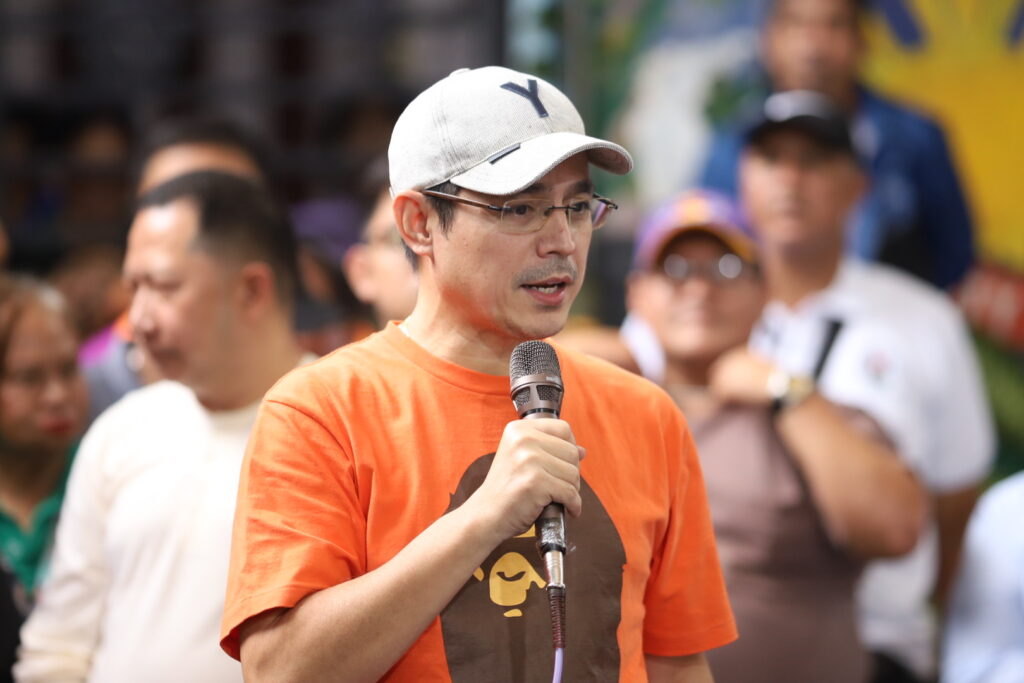MANILA, Philippines — Within weeks of assuming office, Francisco ‘Isko’ Moreno Domagoso, the new mayor of Manila has made sweeping changes—literally. From the bustling sidewalks of Divisoria to the historic corners of Intramuros, public areas are being scrubbed, vendors relocated, and urban blight cleared. The mayor’s ambitious clean-up campaign has caught the attention of both residents and industry observers, especially those in tourism.
But beyond the surface-level shine, what does this clean-up really mean for the city, its citizens, and the future of tourism in the capital?
A Fresh Start: Cleaning Up the City’s Image
When the newly elected Manila mayor took office, one of the first initiatives was a city-wide campaign targeting cleanliness, orderliness, and the removal of illegal street vendors. Major streets once cluttered with informal stalls and garbage have been transformed into walkable thoroughfares. Key tourist spots like Rizal Park, Binondo, and Quiapo have seen drastic improvements in sanitation, signage, and security.
City officials framed the initiative as a push to reclaim public spaces, restore civic pride, and revitalize Manila’s image as a cultural and historical destination. The campaign aligns with the “Bagong Maynila” (New Manila) slogan—symbolizing a renewed identity for the city.
Why It Matters for Tourism
For years, Manila has struggled with a reputation problem. Though rich in heritage, culinary gems, and vibrant street culture, many travelers have seen the city as a mere stopover rather than a destination. Issues like traffic congestion, pollution, street clutter, and public safety often overshadow its historic charm.
Tourism stakeholders believe that the clean-up efforts could help change that. I’ve welcomed guests from Europe and the Americas, and one destination I always recommend is the capital city—Manila. Recently, Mayor Isko Moreno decalred a health emergency to address what he sees as a crisis.
“First impressions matter,” says Elaine Cruz, a local tour operator. “When tourists land in Manila and see a clean, safe, and organized city, they’re more likely to stay longer and explore. This can only mean good things for local businesses.”
A cleaner environment also allows tour guides to showcase places like Intramuros, Binondo, and Quiapo in a better light. Restored parks and pedestrian-friendly roads are already increasing foot traffic to museums, heritage sites, and local eateries.
Urban Renewal with a Tourism Strategy in Mind
The clean-up isn’t just cosmetic. The mayor’s office has stated that it’s part of a larger strategy to turn Manila into a premier cultural tourism hub in Southeast Asia. Among the goals:
- Boost international arrivals by enhancing urban appeal
- Revive heritage districts like Escolta and Paco through public-private partnerships
- Support walking and food tours through sidewalk clearing and signage upgrades
- Expand night-time tourism with better lighting and public safety programs
These align with national efforts to promote “slow tourism”—encouraging travelers to immerse in local life rather than rush through destinations.

The Controversy: Displacement and Public Sentiment
Despite the positives, not all are cheering the new policies. Critics argue that the clean-up has disproportionately affected small-scale vendors and informal settlers who rely on public space for their livelihoods. Human rights groups and urban poor advocates have pointed out the lack of inclusive consultation and alternative livelihood plans.
Jomar Santiago, a vendor in Divisoria for 15 years, expressed concern: “We want a cleaner city too, but many of us were simply told to leave. No relocation, no assistance.”
The mayor’s office responded by launching “Ayusin ang Hanapbuhay” (Fix Livelihoods), a program intended to relocate vendors to designated night markets and provide microloans. Whether these will be enough remains to be seen.
Public Response and Digital Buzz
On social media, many Manileños have praised the changes, posting before-and-after images of streets once marred by trash and congestion. The hashtags #NewManila, #CleanCity, and #BalikManila (Return to Manila) have trended, fueling local tourism interest and nostalgic trips among former residents.
Younger travelers, especially digital nomads and influencers, are starting to include Manila in their vlogs and itineraries—a shift from the usual “skip the capital” advice found in many travel blogs.
What’s Next for Manila?
As Manila’s urban landscape continues to evolve, the coming months will be critical in measuring the long-term impact of the mayor’s policies. If the administration manages to balance cleanliness and order with inclusivity and support for affected sectors, it could signal a sustainable transformation.
For now, the eyes of the travel industry are on the capital. Manila, once overlooked, might finally step into its role as a gateway not just to the Philippines—but to the heart of Filipino culture itself.
